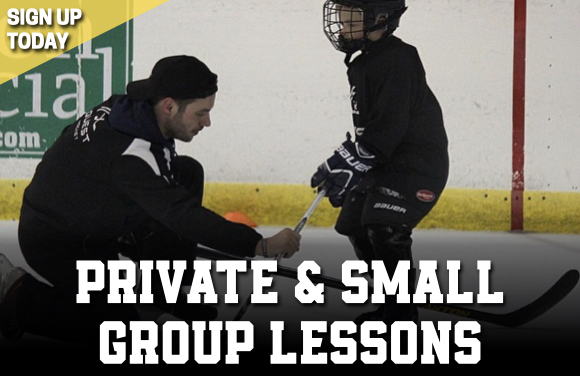
The Right Practice-To-Game Ratio: Essential for Player Skill Development
August 9, 2012
Check out this article [link and text found below] from USA Hockey Magazine, which details the importance of the right practice-to-game ratio in order for our hockey players to properly develop their skills. Every day on the ice, we are reminded of how practice and, more specifically, skill development training is essential for hockey players to reach their full potential and perform their best during games.
Quest Hockey fully backs USA Hockey’s stance on the need for a higher practice-to-game-ratio among youth hockey players. Players of all ages should continue to hone their skills [the four essential skill areas – skating, shooting, passing and stick handling/puck control] as much as possible to continue to improve.
We are dedicated to improving and developing the skills of Quest Hockey players. Check out our HOCKEY PROGRAMS to learn more about what we offer! Get After It.
USA Hockey Magazine [August 2012]
The Right Practice-To-Game Ratio Is Just Desserts for Skill Development
By Roger Grillo [ADM regional manager for the New England and Massachusetts Districts]
In today’s version of youth sports we have a very unhealthy ratio of practice to games. In many youth hockey associations the practice-to-game ratio is 1-to-1 or 2-to-1. To me practice is the healthy meal and the games are the dessert. What would serve our young athletes much better would be a healthier ratio of 3-to-1.
Unfortunately, many of today’s players look at practice much in the same way they look at broccoli, with a great deal of disdain. In my mind the goal of every coach is to make the healthy meal more appealing to our athletes in order for them to attain and build the necessary skills to guide them throughout their journey upwards in the youth hockey ranks.
The ultimate goal is to make practices as much fun as the games because in the end it is practice that allows our players to develop the skills that will allow them to have the success they desire in the games.
As a coach this can be difficult to achieve. How do I make practice appealing enough and the games special enough to drive the desired outcome? In my mind you feed them the healthy meal so that when the dessert comes they can really enjoy it, and it becomes a special event that they have earned.
So how do we do this? First of all, we have to change the culture and get both the players and the parents to understand how important practice is to their development. The pace, intensity and focus needed in every practice session is critical in order to have positive, productive movement forward.
Creating practices that are creative, challenging and especially fun will help players of all ages develop their skills by working hard and still leaving the rink with smiles on their faces.
How do you get your child to eat a healthy meal? Trick them, hide the fact that they are working hard and getting the necessary touches and repetitions through FUN, CHALLENGING and CREATIVE drills and games that take the mundane aspects of developing a player and mask them.
Kids love to be challenged, they love to compete and they want to have fun. If I can get my players to enjoy coming to the rink, working hard and leaving with a smile on their face then I have won the most important challenge I face as a youth hockey coach.
We get so consumed with the games and wins and losses that we lose sight of the real fight. I feel strongly that if I can get my players to give as much as they can and be passionate about how hard they train then I have been successful.
As a coach, practice is my opportunity and responsibility to make my players better, and games are the player’s opportunity to demonstrate what they have learned from their dedication in practice.
As a coach, the practice sessions are my world, and I take great pride in what I put forth. The games are for the players, and we need to respect that. However, we need to make sure we have given them the tools and skills to have the success they desire.
At the end of the day it comes down to the willingness to change the way we look at practice. It is about the skills we are developing and not the systems or the positioning or where a kid stands for a face off.
If I am a conductor of a marching band do I focus as much of my student’s time on marching and where they stand as I do on how well they play their instrument?
It is our responsibility as coaches, administrators and parents to make sure our kids are eating properly so that at the end of the journey we can look back at a healthy young adult who has a strong base of skills and knowledge of the sport, and take pride in the fact that they got to a great place because of the environment we created.
It’s up to all of us to collectively change the way our kids look at practice and together we will have given the great sport of hockey a much healthier, larger and passionate pool of young players.


